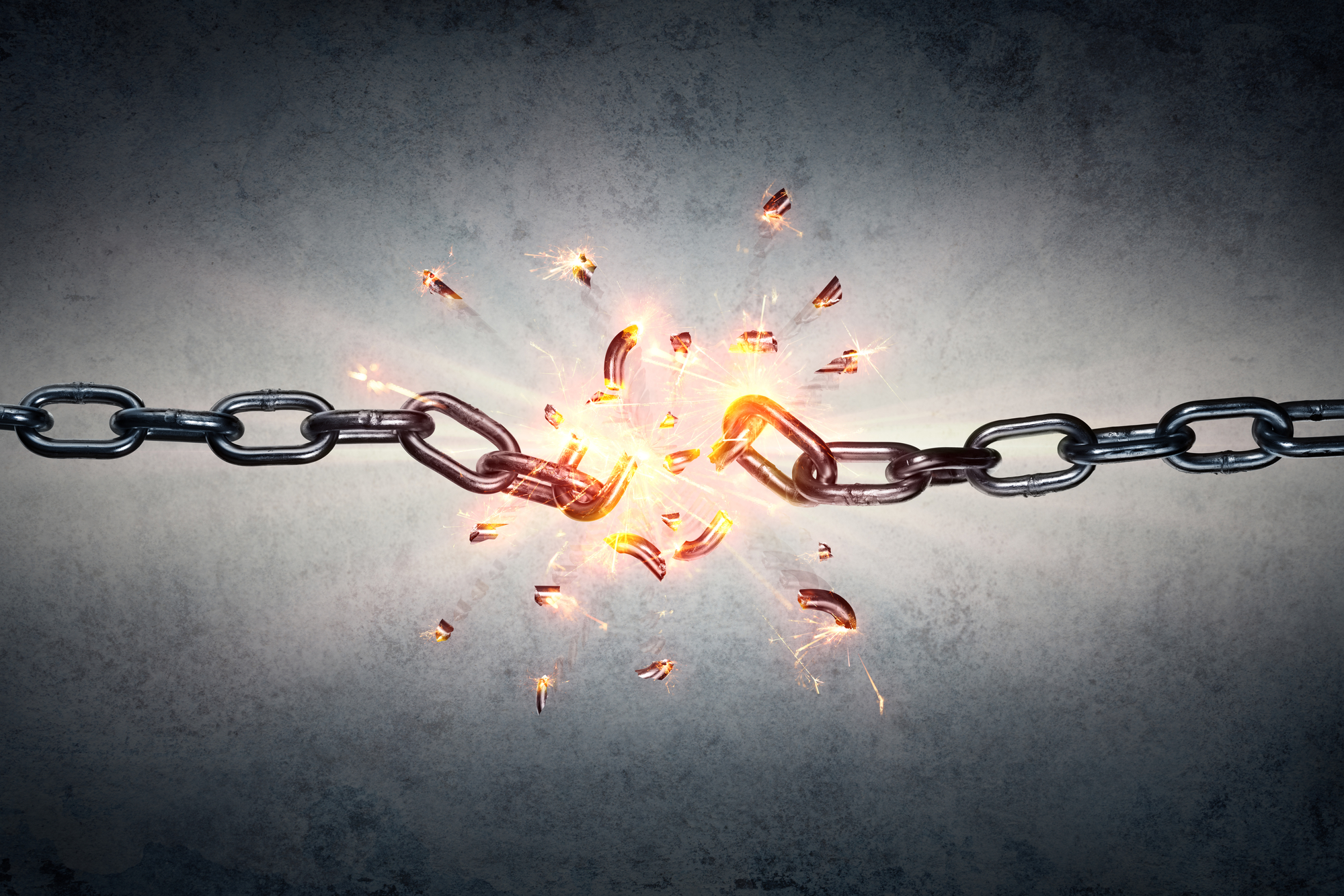The pattern of behavior that causes us to feel stuck in negative interactions can be challenging, however being aware is the first step toward change. For example, Alicia and Joshua, married for eight years, have struggled over intimacy issues because she generalized her fear of being hurt by her ex-husband. He betrayed her in their current relationship, leading others to abandon their fears and leaving them feeling isolated. Alicia’s story shows how patterns arise when you try to avoid painful memories or experience rejection; these behaviors reinforce themselves over time until something traumatic happens (such as an affair).
Joshua is a lucky man. He’s married to an articulate, engaging woman who sabotages their relationships on purpose but still can’t stop loving him despite it all – sometimes even turning into her saboteur by threatening to leave Joshua forever because she knows how much he loves being close again after having been away from each other for so long!
Why is it Important to Break the Patterns We Have Created?
This is a common problem in relationships and can have serious consequences. When we get close to someone, the past comes up again because there are unresolved issues from our past that might be brought into present interactions with partners who don’t know about these painful memories or feelings of fear and ambivalence towards them; this will lead you having negative behavior patterns which may create turmoil within your relationship if they’re not appropriately addressed.
She believes that negative learned behaviors are just as easy to develop, and her studies show us how these repetitive thought processes lead in one direction or another. We learn best through conditioning – which means our thoughts can either affirm ourselves (be positive) or rail against what’s going on inside us; this has lasting effects because it reinforces itself over time!
The author talks about how we can break the cycles of negative thinking and harmful behavior. She outlines practical steps that will require diligence but are worth working on because they help us achieve our goals in life without being hurtful or virtuous through habitually doing good things like practicing self-love (step one). Breaking these gears takes time; however, you’ll soon develop more positive traits with patience!
Triggers could be anything from people, places, or things that make us feel a certain way. For example, if your nemesis consistently goes along their path instead of following yours, it might trigger an emotional response in you each time they do this; maybe even making frustrated faces when walking past them is all it takes for some people! Understanding what triggers these feelings will help unlock the door to understanding how we react better once our minds have been opened, too-which I’ll cover next month.
Here are four ways to identify triggers.
- Pay attention to your physical reactions.
How does your body behave when you hear something that makes it tense up? Does this cause physical responses, such as increased heart rate or hot flashes? If so, what are they like? For example- is there faster than normal breathing, which could suggest anxiety levels climbing due to the situation at hand; maybe even an itching sensation all over because of anger/frustration coming through from someone else’s statement(s)? Write these reactions down mentally, if nothing else, just so we’re accurate!
- Notice what thoughts or emotions are severe or recurring.
Please look at your thoughts and see what they tell you. Are there extreme differences between two people or things? If so, this could be an automatic trigger for one person but not another – it all depends on how that individual feels about their emotions! For example, some individuals may react badly when someone else does something nice because they have no control over themselves anymore. In contrast, others will get angry if called “waited on” by somebody higher up than themselves in social circles.
- What happened before you were triggered?
It’s essential to identify your emotional triggers so you can avoid being triggered in the future. When trying to determine what will make a person feel more emotions, it is best not to go beyond their limits by adding anything else on top of them because this could lead to an even broader range of feelings than expected and result from something as simple acting out through violence or destruction towards objects rather than people who have done nothing wrong at all!
- What were your emotional needs not being met?
Understanding the root of your emotional reactions can help you better manage them. The most likely candidates for a trigger are something or someone that jeopardizes one’s need for self-acceptance, autonomy, attention from others (especially those we love), and safety in our environment where there is no threat to it; if these needs aren’t met than feelings such as anger may surface which could lead into outbursts without warning – this does not mean necessarily needing more affection but rather wanting what feels good when given by an appropriate person/situation at just the right time!
The final step in successful handling with triggers and breaking out of a negative pattern keeps you stuck in developing a hypothesis or guessing where these patterns came from. In other words – reflect on your history when it comes to coping skills so as not only to evaluate the root cause but also to find new ways to get through challenging situations in the future!
By now, you should have realized how important it is to identify and break the patterns of negative thinking that keep us stuck. In next month’s blog post, I will discuss ways to cope with these difficult situations so as not to allow them to take over our lives!



